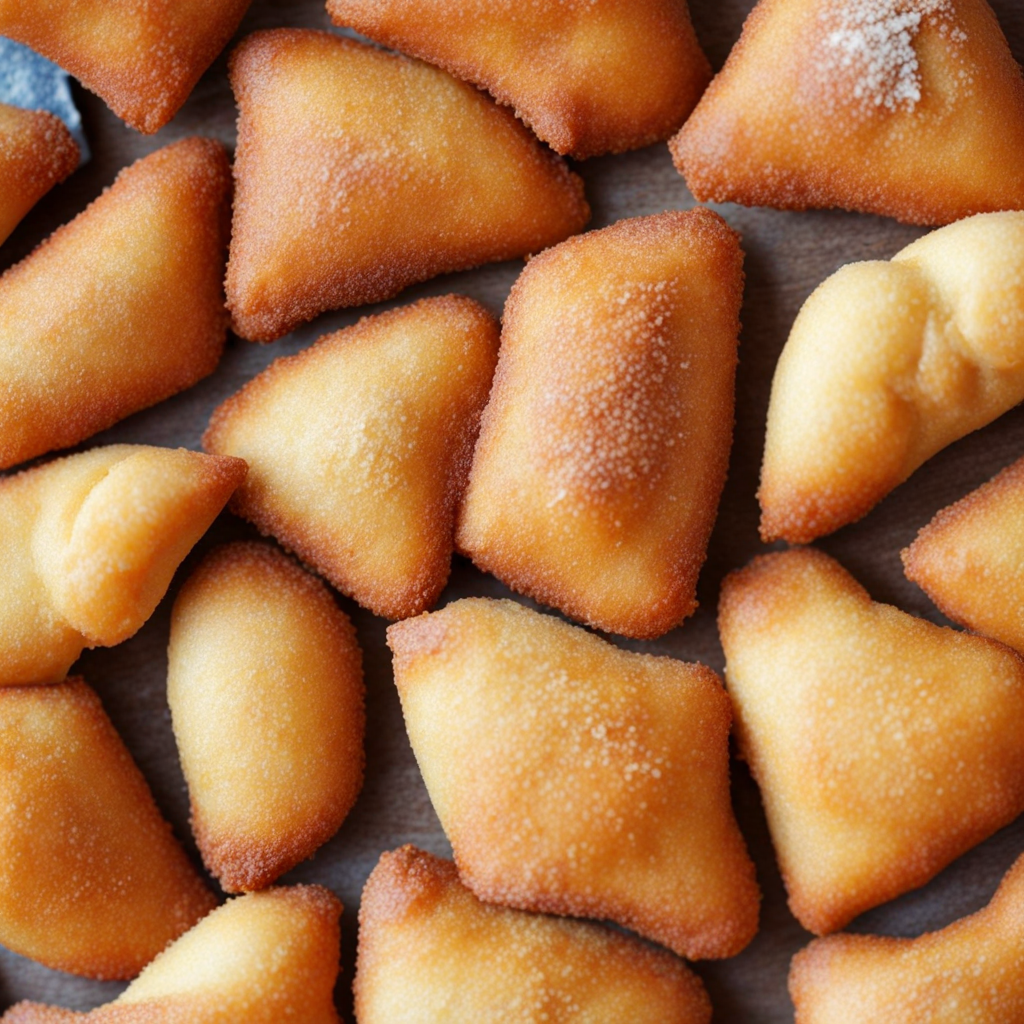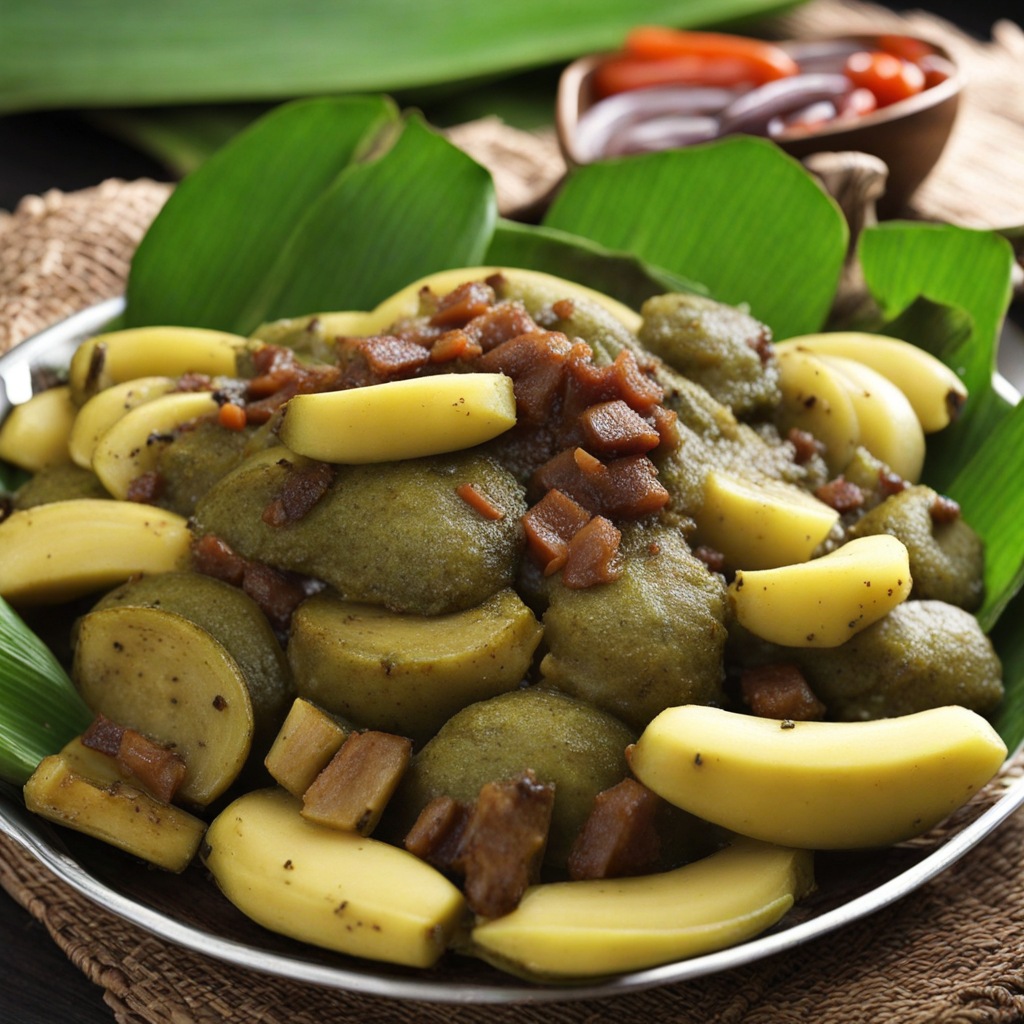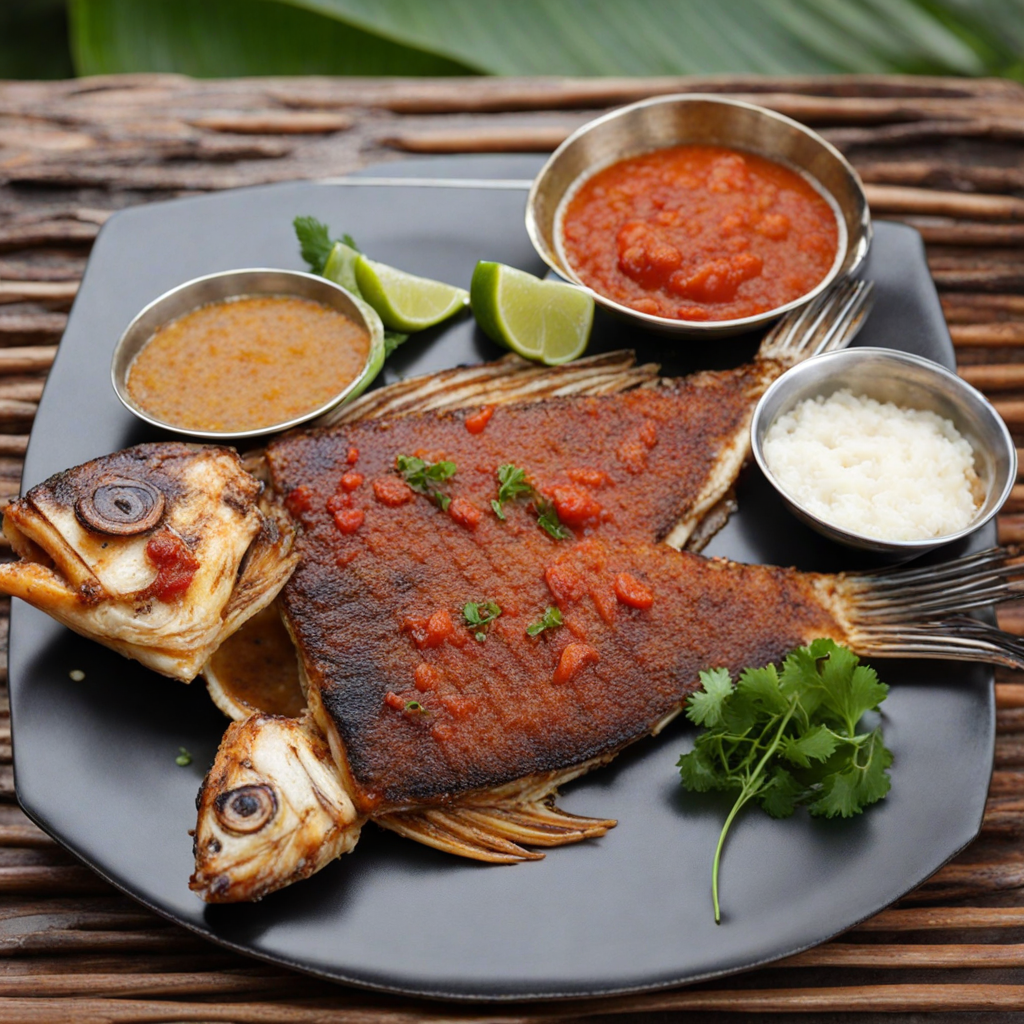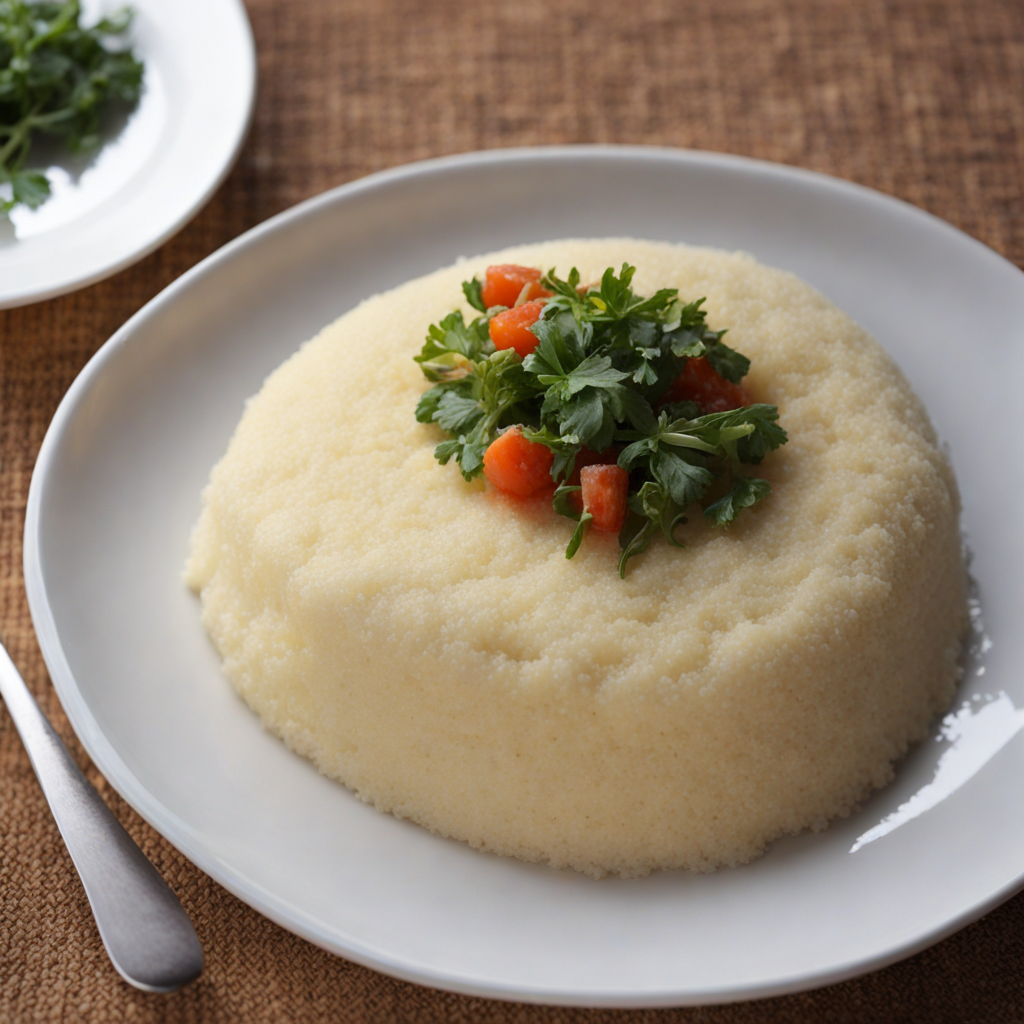Mandazi
Mandazi is a delightful Tanzanian treat that embodies the fusion of cultures and flavors found in East Africa. These deep-fried pastries are somewhat similar to doughnuts but boast a unique twist. Made primarily from flour, sugar, coconut milk, and a hint of cardamom, Mandazi offers a subtly sweet and aromatic taste that is both comforting and inviting. The texture is light and fluffy on the inside, with a golden, crispy exterior that provides a satisfying crunch with each bite. One of the standout characteristics of Mandazi is its versatility. It can be enjoyed as a snack on its own or paired with various accompaniments like fresh fruit, honey, or coconut chutney. The use of coconut milk not only enhances the flavor but adds a rich creaminess that sets Mandazi apart from other pastries. With a hint of spice from the cardamom, each bite transports you to the vibrant streets of Tanzania, making it an experience for the senses. Mandazi is often enjoyed during breakfast or as a delightful treat during tea time, and it holds a special place in Tanzanian culture. Its simplicity and deliciousness make it a popular choice among locals and visitors alike. Whether you’re exploring the bustling markets of Dar es Salaam or enjoying a quiet moment at home, savoring Mandazi is a perfect way to discover a new taste that captures the essence of Tanzanian cuisine.
How It Became This Dish
The Delicious Journey of Mandazi: A Tanzanian Treasure #### Origins of Mandazi Mandazi, a delightful fried bread that has become a staple in East African cuisine, particularly in Tanzania, has roots that can be traced back to the Swahili coast, where trade and cultural exchange flourished for centuries. The origins of Mandazi can be debated, as its name derives from the Arabic word “mandazi” or “muhallebi,” referring to a sweet fried dough. This connection to Arabic culinary traditions highlights the historical influences of Arab traders who interacted with the indigenous cultures along the coast of East Africa. The culinary heritage of the Swahili people, a blend of African, Arab, Indian, and later European influences, is rich and diverse. The introduction of spices such as cardamom and cinnamon from the Indian subcontinent, combined with local ingredients, created a unique food culture that celebrated the art of frying. It is believed that Mandazi evolved from a necessity to use available ingredients in innovative ways, leading to its emergence as a beloved snack and breakfast item. #### Cultural Significance In Tanzania, Mandazi is more than just a food item; it holds cultural significance and is integral to social gatherings, celebrations, and everyday life. Traditionally, Mandazi is enjoyed during breakfast, often paired with tea or coffee, making it a popular choice to start the day. Its versatility allows it to be served as a snack during the day or as a sweet treat for special occasions, such as weddings, religious holidays, and community events. Mandazi also symbolizes hospitality in Tanzanian culture. When guests arrive, offering Mandazi is a way to express goodwill and welcome. The sweet and aromatic nature of the pastry makes it an inviting treat that encourages sharing and connection. Beyond this, Mandazi is a street food favorite, where vendors sell them at bustling markets and roadside stalls, making it accessible to everyone regardless of social class. #### The Development of Mandazi Over Time As Tanzania underwent various changes through colonization, independence, and globalization, so too did Mandazi. The arrival of different cultures and peoples influenced the ingredients and preparation methods, leading to regional variations. For instance, in urban areas, you may find Mandazi made with enriched dough, incorporating milk or eggs for a richer taste, while rural areas may stick to simpler recipes that utilize basic pantry staples. The role of Mandazi in Tanzanian society has also evolved with the advent of technology and modernization. While traditional methods of preparing Mandazi—using charcoal stoves and deep frying in large pots—remain popular, many households have adopted electric fryers and gas stoves, leading to a more consistent cooking process. This shift has made it easier to prepare Mandazi at home in larger quantities, allowing families to enjoy them more frequently. In recent decades, globalization has introduced new flavors and variations of Mandazi. Contemporary bakers experiment with ingredients, infusing the dough with flavors such as vanilla, chocolate, and even fruit purees. Additionally, there are adaptations for health-conscious consumers, with recipes that feature whole wheat flour or reduced sugar. These innovations reflect the dynamic nature of culinary traditions, showcasing how food evolves while still honoring its roots. #### The Taste of Tradition: Making Mandazi The process of making Mandazi is a labor of love, requiring a balance of ingredients, patience, and skill. Traditional recipes typically include flour, sugar, yeast, coconut milk or regular milk, and spices like cardamom or cinnamon. The dough is kneaded until smooth, allowed to rise, and then shaped into triangles or rounds before being fried until golden brown. The aroma of frying Mandazi is intoxicating, drawing people in and creating a sense of nostalgia. The crispy exterior gives way to a soft, slightly sweet interior that perfectly complements a cup of tea or coffee. This simple yet satisfying treat evokes memories of family gatherings, street markets, and the warmth of community. #### Mandazi in Modern Tanzania Today, Mandazi continues to be a beloved treat in Tanzania and throughout East Africa. Its popularity has transcended borders, with variations appearing in neighboring countries like Kenya and Uganda. In addition to being a popular street food, Mandazi is also featured in cafes and restaurants, where chefs may serve it alongside gourmet coffee or as a dessert with ice cream. Social media has played a role in the resurgence of traditional foods like Mandazi, as food enthusiasts and influencers share their culinary adventures. Recipes, cooking tips, and artistic presentations of Mandazi flood platforms like Instagram, inspiring a new generation to embrace this traditional snack. Food festivals and cultural events also celebrate Mandazi, offering cooking demonstrations and tastings that highlight its importance in Tanzanian cuisine. #### Conclusion Mandazi is more than just a delicious fried pastry; it is a symbol of Tanzanian culture, history, and community. From its origins along the Swahili coast to its modern-day adaptations, Mandazi has endured and evolved, reflecting the dynamic nature of culinary traditions. Whether enjoyed at home, in the bustling streets, or at festive gatherings, the sweet, fragrant taste of Mandazi serves as a reminder of the rich tapestry of flavors and stories that define Tanzanian cuisine. As we savor each bite of Mandazi, we engage with a history that spans centuries, connecting us to the past while celebrating the present and future of this cherished food. The journey of Mandazi is a testament to the resilience and creativity of cultures, showcasing how food can transcend time and unite people across generations.
You may like
Discover local flavors from Tanzania







